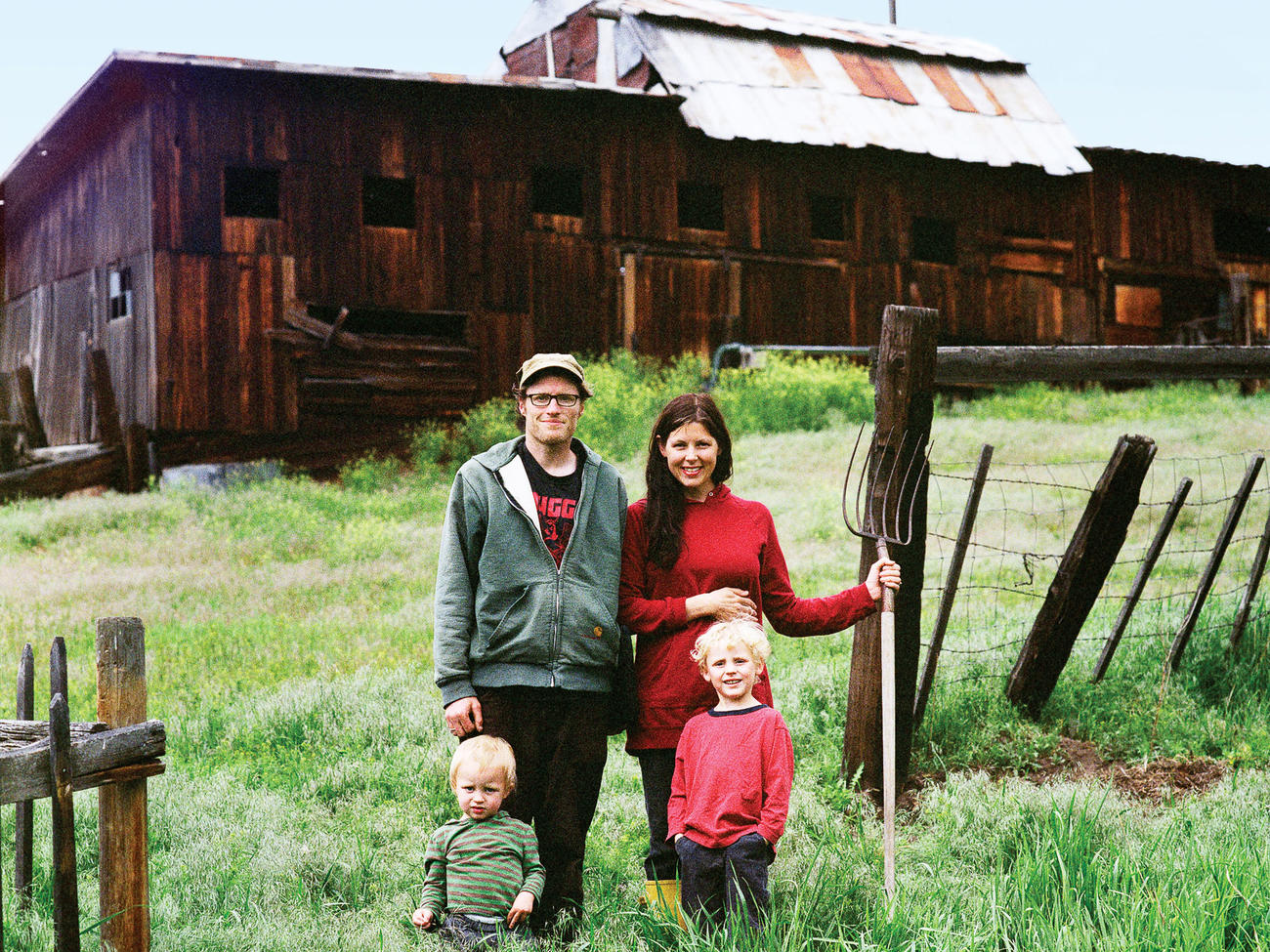
Living the Pioneer Life in Montana
You think raising chickens is old school? Try living the pioneer life

Andrew Geiger
The Smetanka family at their home on the Moon-Randolph Homestead in Missoula, Montana.
Come by: The Moon-Randolph Homestead is open to visitors on Saturdays between May 1 and October 31. Special events include a harvest festival and cider pressing in late September and a May Day Frolic (nmcdc.org/mrhhome.html).
“We’ve been using the word ‘homestead’ as an adjective for a long time,” wrote Joanna Smetanka in her blog on April 30, 2010. “Whenever we do something really hard-core or over-the-top pioneerish, we say something like, ‘Damn, baby, that’s so homestead of you.’ ”
And what counts as hard-core? Her husband, Andy, smoking out a skunk near the chicken coop. Joanna using a chamber pot while 9 months pregnant because of a finicky composting toilet.
